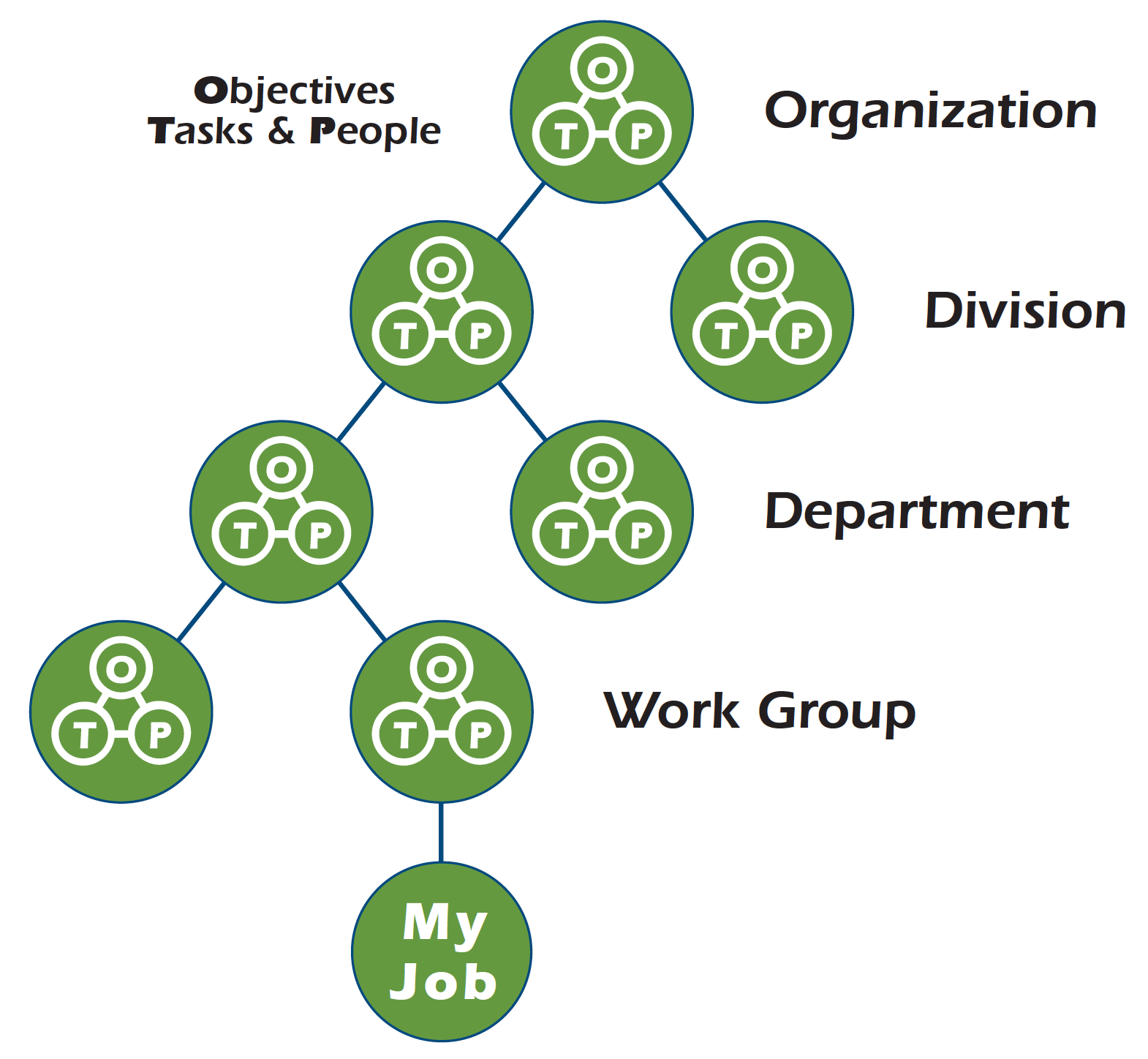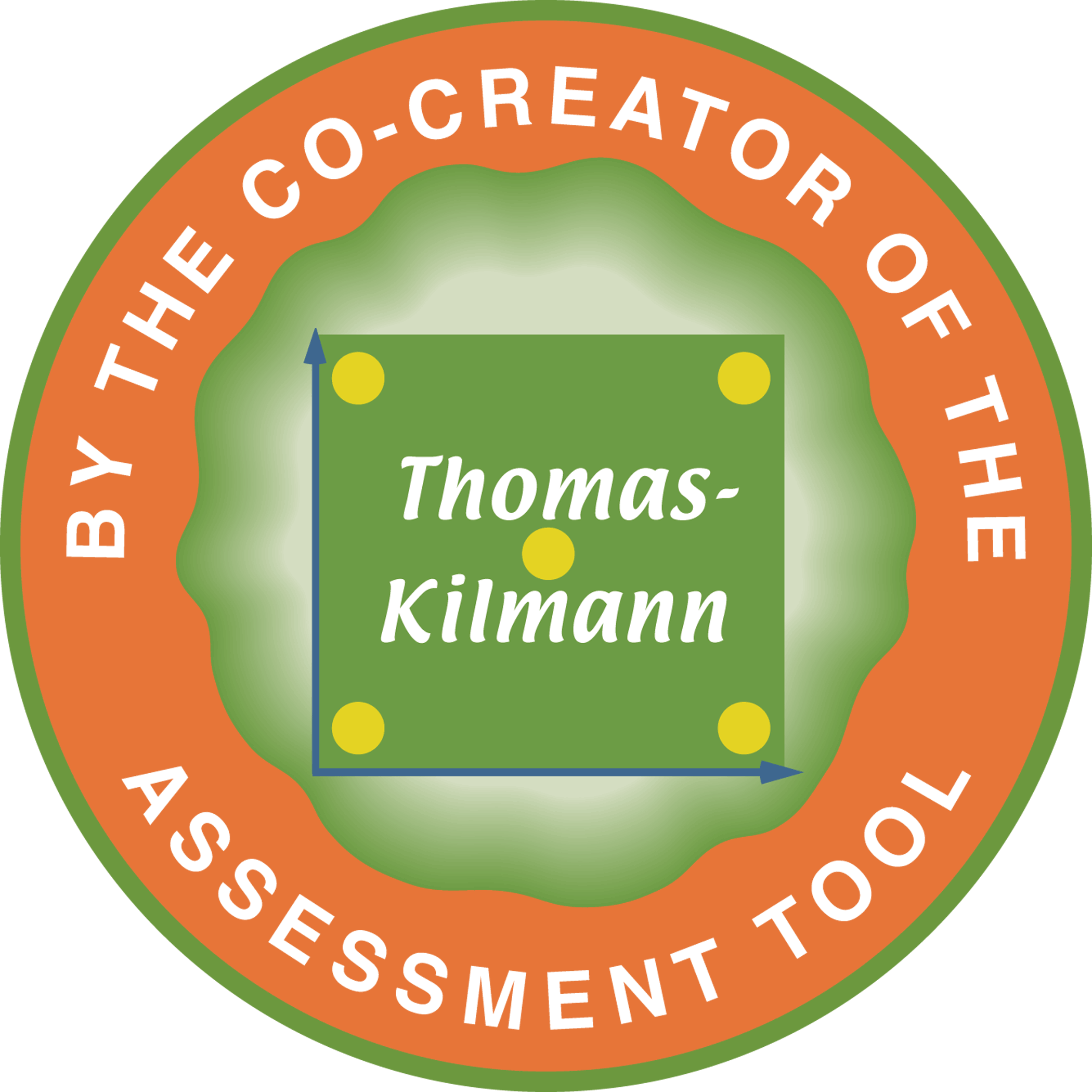07 Jan Resolving Strategy-Structure Conflicts
Ralph H. Kilmann, co-author of the Thomas-Kilmann Instrument (TKI)
Perhaps two of the most challenging conflicts confronting organizations today concern (1) formulating strategy and then (2) manifesting it throughout the organization’s lines of business, departments, workgroups, and jobs. Just like the danger of defining a problem incorrectly, developing the wrong strategy throws everything out of whack. Moreover, just like failing to implement a solution properly, not translating the general strategy into specific goals and objectives for every work unit in the organization prevents that strategy, no matter how well conceived, from being realized. One could also add, which will be a topic for a subsequent discussion, if the reward system does not support people spending the right amount of time on the right tasks according to the right objectives, an organization’s strategy-structure will exist in theory — on paper — but not in practice.

I am talking here about the development and deployment of all the organization’s formal systems and then encouraging (and rewarding) every jobholder for contributing his energy, wisdom, talent, and experience accordingly. But to realize such harmony in reality requires the effective use of a particular conflict mode every step along the way — from formulating strategy to implementing structure (much like defining and solving any complex problem). Indeed, the primary reason that most organizations suffer from misaligned systems and fragmented efforts is precisely because they have failed at conflict management in a big way!
Consider the diverse strategic scenarios that are possible for any organization. Are these different scenarios being voiced, documented, magnified and then resolved into a coherent statement that will guide all subsequent decisions and actions? One of the most vital uses of the collaborating mode is to allow for the diverse needs of both internal and external stakeholders to be satisfied. Alternatively, if organizations use the avoiding mode when faced with conflicting strategic alternatives, or use the accommodating and competing modes to pick one strategic option and dismiss the rest, or use the compromising modes to settle for a mission that leaves each stakeholder only partially satisfied — in all these latter cases, the prospects for long-term success are doubtful.

But even if a collaborating approach is used for formulating strategy, the next series of conflicts involve how to redesign and redeploy the organization’s resources to, in fact, realize that strategy. As it turns out, there are an endless variety of structural designs. Some of these different structures would be much better at implementing the new strategy than others (e.g., a vertical hierarchy versus a horizontal flow of business processes). Is the collaborating mode used to integrate these alternative structures…or does the organization use some combination of avoiding, competing, accommodating, and compromising to settle its structural conflicts, which surely results in the and underutilization of scarce resources?
Just as the defining error and the implementing error are the most vital to minimize in the steps of problem management, the organization must create all the necessary conditions (culture, skills, teamwork, etc.) so the collaborating mode can and will be used for formulating and implementing its strategy-structure (which will later be backed by an aligned and credible reward system).
Kilmann Diagnostics offers a series of eleven recorded online courses and nine assessment tools on the four timeless topics: conflict management, change management, consciousness, and transformation. By taking these courses and passing the Final Exams, you can earn your Certification in Conflict and Change Management with the Thomas-Kilmann Instrument (TKI). For the most up-to-date and comprehensive discussion of Dr. Kilmann’s theories and methods, see his 2021 Legacy Book: Creating a Quantum Organization: The Whys & Hows of Implementing Eight Tracks for Long-term success.




